All about crochet hooks
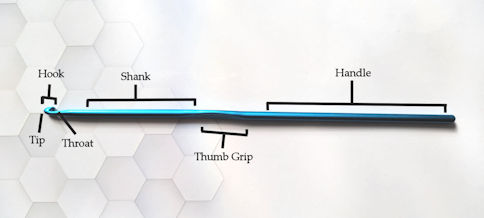
The most important tool in the art of crochet is the crochet hook. For such a simple thing, though, it sure causes a lot of confusion. Why does it look like that? Why are there so many sizes? Which hook goes with which yarn? Hopefully, this article can clear up all your questions.
What material should my crochet hook be made of?
Crochet hooks can be made of many different materials: Metal, plastic, wood, even bone. While their sizes are fairly standard, the materials are not. Plastic tends to have a lot of give and with time, it will bend and take on a warped appearance. This will affect the material woven from it, as well as your speed and comfort in crocheting. Wood is a better material and some makers have raised the making of wood crochet hooks to an artform. Metal, in my opinion, is the best material since it has greater strength and is much smoother than either plastic or wood. If you manage to come across a crochet hook made from bone, hang onto it. They are quite old and rare and worthy of display.
Many people suffer from arthritis or carpel tunnel syndrome. In recent years, more and more hooks have been made with either plastic or rubber grips on the end to accommodate these people. They’re very comfortable to use and people with large hands find them a lot easier to work with. If I’m working on a large project that requires many hours of crochet work, I use one of these hooks to make the work easier.
Why does it look like that?
There are several parts to a crochet hook and each one of them is necessary to complete a stitch. The long handle offers balance and a steadier grip. The thumb rest allows a consistent and comfortable grip. The shaft allows you to complete stitches that begin with many yarn overs, such as a double treble or a bullion stitch. The throat allows the yarn to slide easily onto the shaft when required. And the hook is what grabs onto the yarn and keeps it from slipping off the hook. If you have ever tried to work crochet onto fabric or to work stitches in a very tight format, you’ll appreciate the presence of the tip or point.

How should I hold my crochet hook?
There is no right or wrong answer here. Some people prefer holding their hook in a pencil grip, which may be uncomfortable for people like me with long fingers. Others (myself included) prefer what is called a knife grip. You should always choose the grip that gives you the most control and comfort.
What size crochet hook should I use?
This is the most common question I get asked. Again, the answer is not static. Everyone’s hands are different and everyone has their own unique gauge. Some crochet tighter stitches, some looser. But generally, the hook size is largely dictated by the type of yarn you’re using. Usually, a larger hook will result in a looser weave and allow better drape to the fabric created. A smaller hook will give you a tighter stitch and fabric, but be careful not to go too small or you will have trouble keeping the yarn on the hook. It’s always a good idea to take the advice of the pattern designer when choosing a hook. While it is not set in stone, it will give you a good starting point from which you can crochet a swatch and adjust your hook and tension to achieve the proper gauge.
Below, I have provided a handy cheat sheet to help you choose your hooks and to convert the sizes from metric to US to UK. I hope this article has answered your questions about crochet hooks, their selection, and their usage. Until next time…
Happy Hooking!
Trish

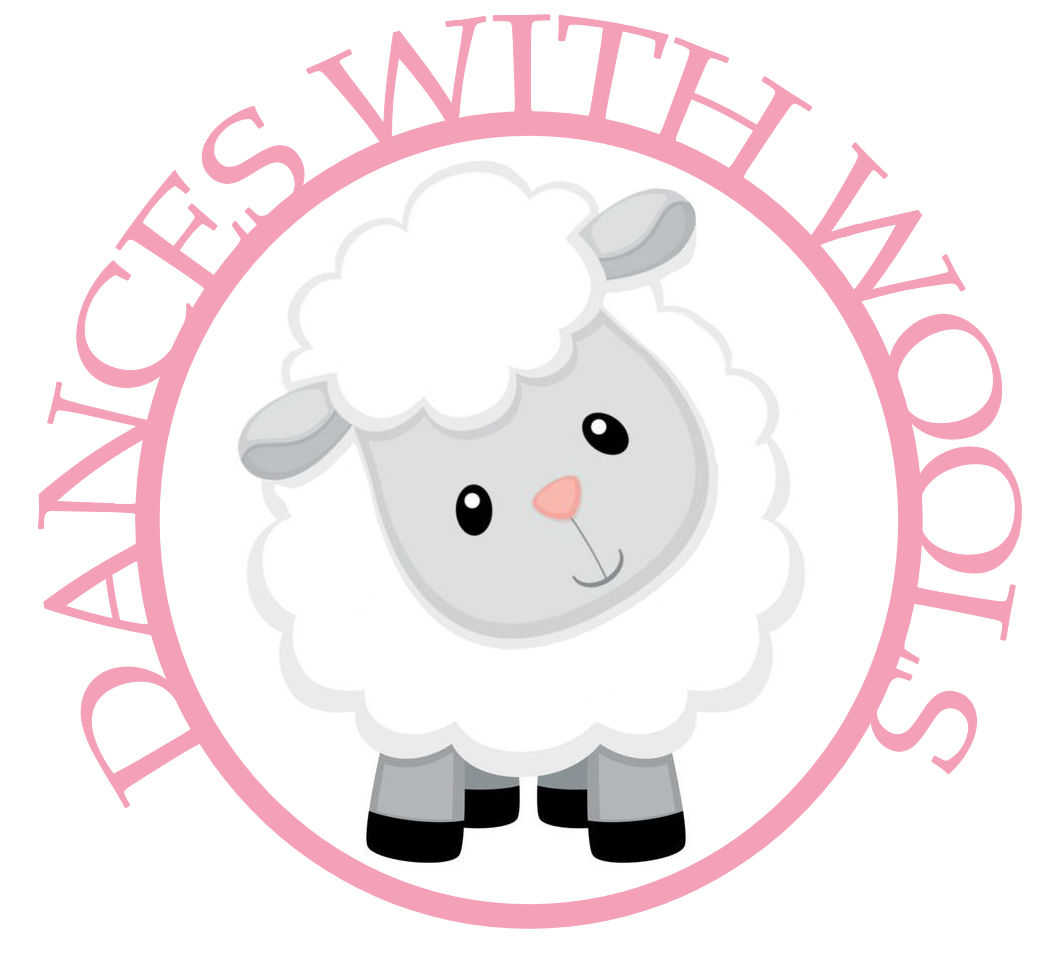
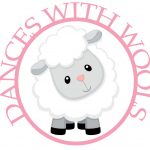
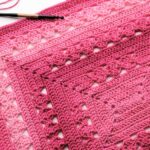
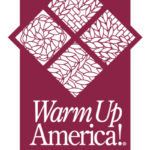


Leave a Reply